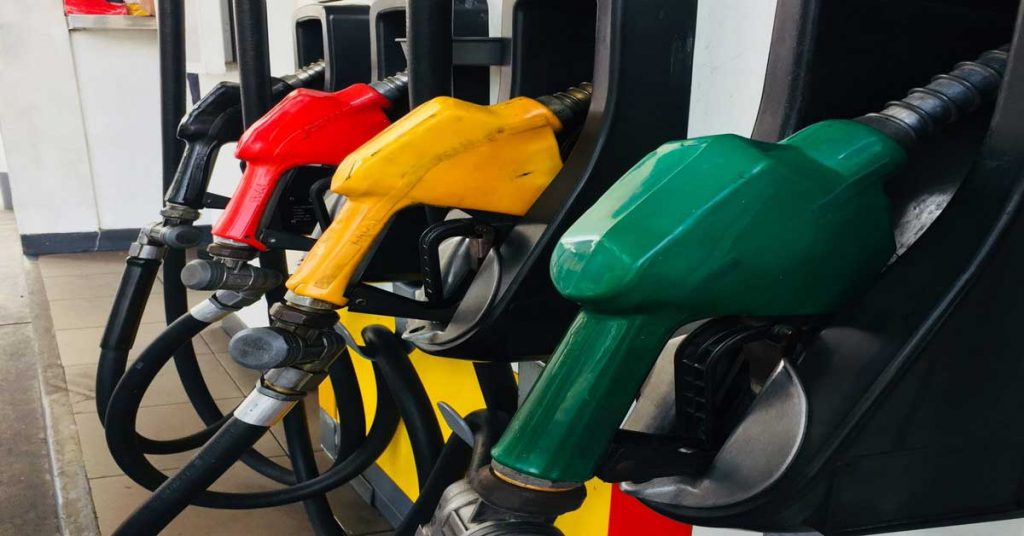By Ben O. de Vera
To finally implement the delayed fuel marking system in 2019, the government will award the contract to proceed with the project to the joint venture between Switzerland-based SICPA SA and SGS Philippines Inc. this month, a Department of Budget and Management official said Wednesday.
Assistant Secretary Rolando U. Toledo told a Senate economic affairs committee hearing that the DBM’s Procurement Service was “ready to award” the contract to the winning bidder after committee chair Sen. Win Gatchalian expressed concern that the delay in implementation of the fuel marking system encourages oil smuggling.
Toledo later told reporters that the notice of award will be issued within the week or before this month ends as failure to beat the deadline will bring the procurement process back to square one.
The DBM official said fuel marking will be implemented next year as the private sector partner has to undergo technical preparations first.
Last week, the Cabinet-level interagency Development Budget Coordination Committee (DBCC) reduced the national government’s revenue target for 2018 to P2.82 trillion from P2.846 trillion previously due to the “deferred implementation of e-receipts and fuel marking under TRAIN,” referring to the Tax Reform for Acceleration and Inclusion Act.
Finance Undersecretary Karl Kendrick T. Chua told the same Senate hearing that the Department of Finance’s earlier target of P89.9 billion in net revenues from the TRAIN Law was reduced by P26.6 billion to P63.3 billion due to the delayed implementation of the said tax administration measures.
Industry sources said SICPA and SGS’s joint venture was earlier given one month to finalize the master plan even as the notice to proceed got delayed as it took the government some time to finalize the mode of trust fund payment.
Last August, SICPA and SGS proposed a P0.06884 per liter, inclusive of value-added tax, a price for its services, below the price ceiling of P0.08 per liter over a five-year period earlier set under the terms of reference of the fuel marking program.
The SICPA-SGS partnership had also met the minimum score of 70 points set under the technical evaluation criteria, making it possible for the DBM-PS committee to scrutinize the financial bid next.
The SICPA-SGS joint venture became the lone remaining bidder after Texas-based Authentix Inc. backed out and did not submit a bid.
Authentix was SGS’s partner when the fuel marking system was implemented at the Subic Bay Freeport Zone by former Bureau of Customs commissioner Napoleon L. Morales years back.
The bidding process was nonetheless continued as the implementing rules and regulations of Republic Act No. 9184 or the Government Procurement Reform Act allows a single qualified proposal.
The company to be chosen by the government was expected to assist in establishing and operating a fuel marking system that will supply and inject fuel marker in all taxable oil products, except Jet A-1, Avgas, Crude Oil and LPG; implement and manage a fuel testing program, including fuel analysis and data management, nationwide; as well as train and ensure technology transfer to BOC and Bureau of Internal Revenue personnel.
The government will pay the contract cost for the first year of up to P1.96 billion in case of over performance in the actual volume of fuel marked.
For 2018, 21.9 billion liters of fuel were expected to enter the country’s 25 ports and sub-ports.
By 2022, the projected fuel volume would increase to 26.6 billion liters.
Based on DOF estimates, revenue losses from excise taxes and value-added tax due to oil smuggling and misdeclaration reached P26.9 billion in 2016, almost half of the actual P52.6 billion collected by the BOC and the BIR that year.
The Manila-based Asian Development Bank had a higher estimate of P37.5 billion in foregone tax revenues yearly from oil smuggling, while another study commissioned by the domestic oil industry pegged revenue losses at P43.8 billion annually.
Source: business.inquirer.net
